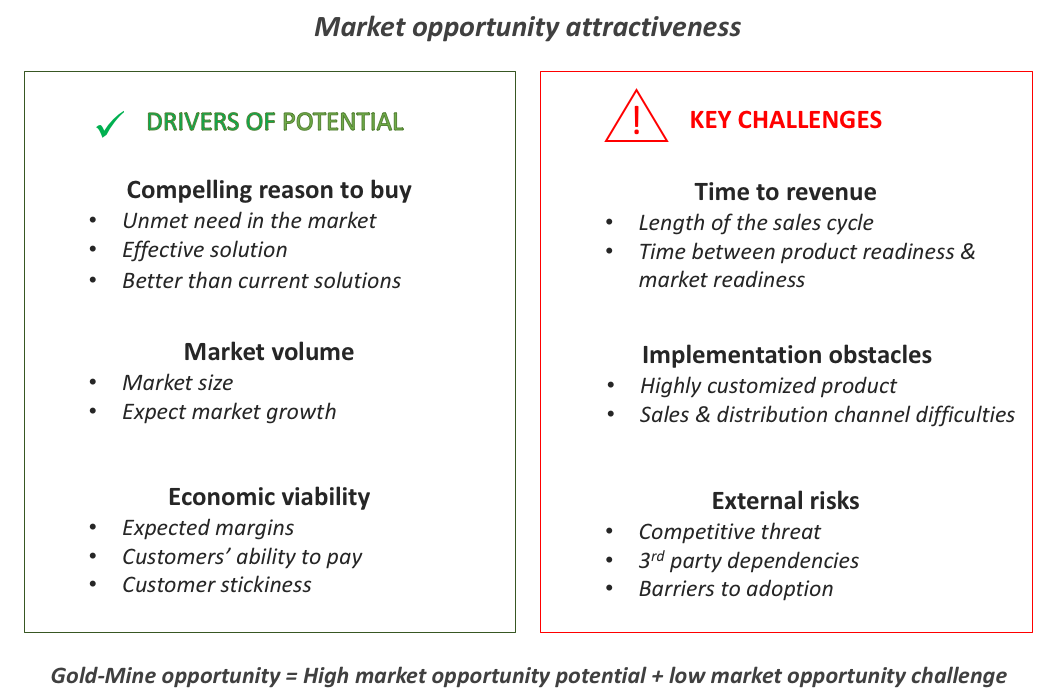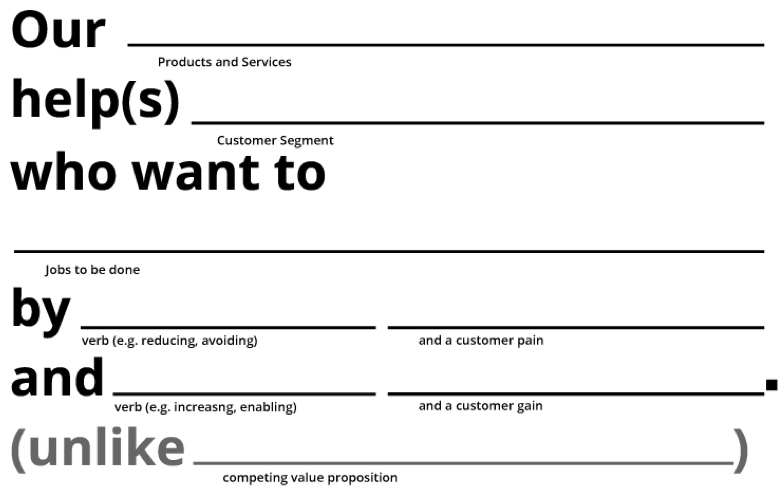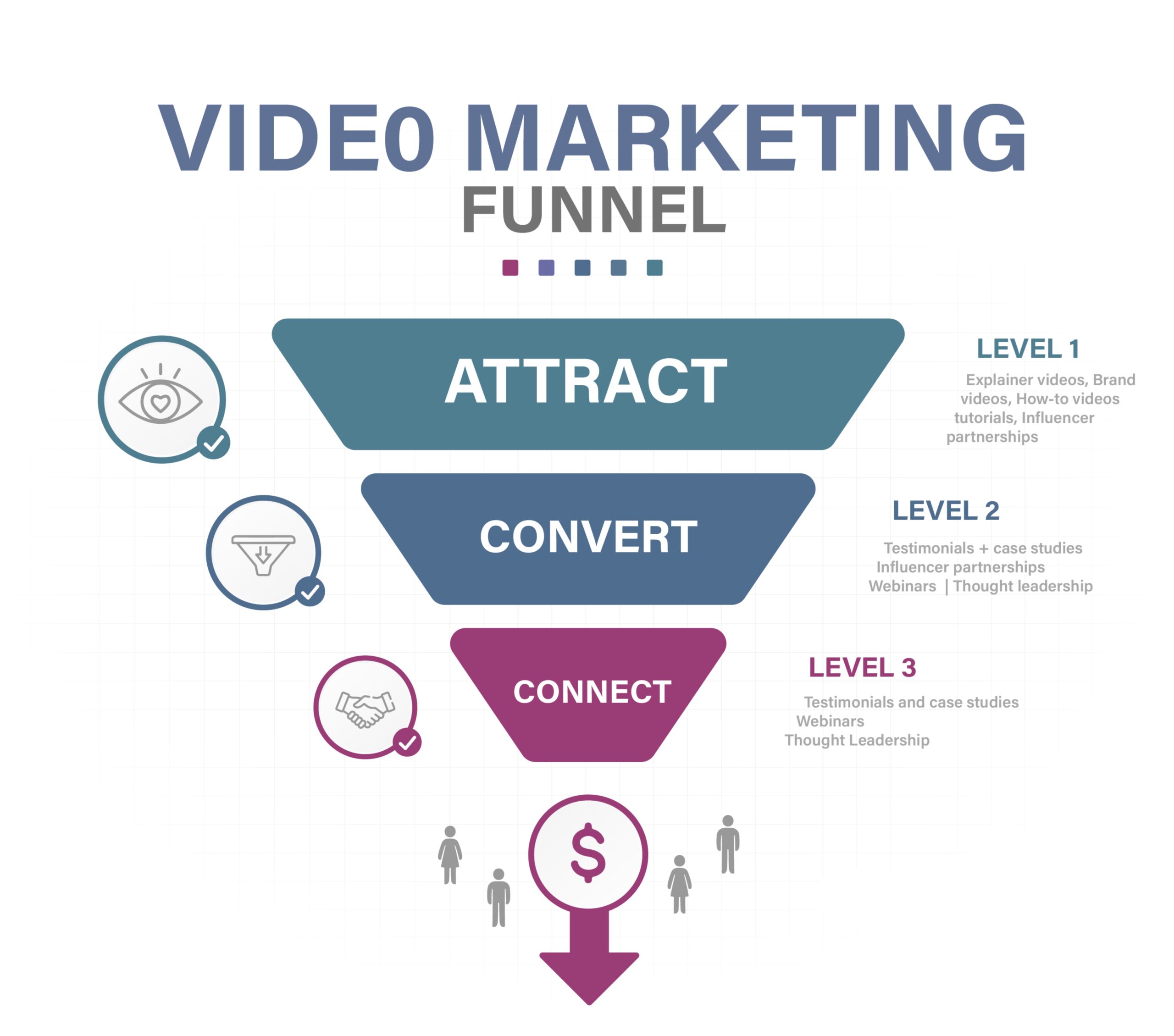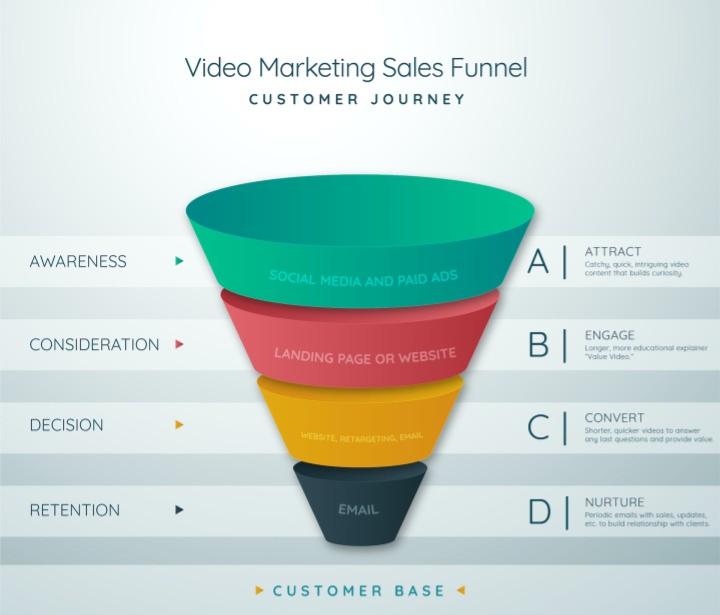As a fintech & SaaS marketing expert, I meet many entrepreneurs with outstanding technical backgrounds & they all have 1 common question i.e. How to identify the right market & start acquiring customers in Deep Tech?
Read on to find out what I learned from hundreds of founder meetings.
Find the Most Promising Starting Market
Since, it is hard to predict the customer’s acceptance in Deep Tech, the first steps are to identify the best possible initial market & validate the market need. This starts by securing a few customers through references.
Some founders may have already identified a market need based on their own experience or may have been approached by potential customers. Yet, ask the question before jumping in: Could there be better prospects (larger, growing, & more profitable markets) for your unique technology?
But answering this question can eat up almost all your time. I remember a meeting I had with a company founder who, after four years of targeting the wrong market, had only one customer & found himself burning through resources with minimal useful output & considerable business risk.
To avoid suffering a similar fate, I recommend founders to think broad in finding an initial set of market opportunities by:
1) Characterizing unique abilities of the tech — independent of their application in a specific product, and list what these abilities can accomplish
2) Then searching for different possible applications that these unique abilities can establish and the types of customers who may need them
You’ll then want to evaluate market attractiveness for each opportunity. My favorite way of finding the Gold-Mine opportunity is by evaluating each of the identified markets along two dimensions:
Potential for value creation & Challenge in capturing value

Know The User
Now that you have a market, you want to know your target user. The best way to do that is to start with 2-3 personas & align your team to those.
Most successful business owners start by using just these & then gradually grow from there. If you don’t have users yet, talk to a few types of people who might be interested in your product.
- Your early customers will tick-off the following criteria:
- Has the problem
- Is aware of it
- Is actively looking for a solution
- Tried hacking together a DIY solution
- Has or can acquire a budget to pay if a good solution comes his/her way
You need to do a proper study to get the answers to a consistent set of questions, but it is challenging to know where to start.
Here are some of the main points to understand your ideal customer:
Problem discovery: Understand your prospect’s current process & workflow as they relate to your solution.
Problem validation: Determine what challenges exist with status-quo & how they’re trying to solve this.
Success criteria: Understand what is important to them & what success looks like for a new solution.
As you find these significant signals, you can proceed with learning more:
Pricing: Ask what they think is an acceptable & expensive price for a product that solves the problem & the budget allocated for a solution in a similar category.
Information habits: Figure out what platforms, conferences, events, influencers your customer spends time with.
Decision-makers’ criteria: Find out who makes the decisions, who the economic buyer is & understand their motivations.
Build 1-on-1 relationships with your most engaged users & stay focused on their pain-point.
These are some great practices I identified from customer-centric founders: Ask effective, open-ended questions & really listen. Learn their language. Ask users why & how they’re using your product either via 1:1 conversations, surveys, or customer advisory boards.
Customers Care about the Value your Tech Brings
Staying focused on what value you deliver & for whom is what truly matters.
Have a clear and simple value proposition. Here’s an example to shape yours:

Get in Front of your Potential Users
There is never a one-size-fits-all kind of a strategy. At the early-stages, you have to have an experimental mindset & an honest dialogue with potential customers. You can do this by showing your prospects the value your product brings.
There are countless ways through which you can engage with potential customers but the goal is always to build awareness, learn & construct a foundation for tactics that work out for you.
Here a few examples to get you started:
Create content to show your expertise & success stories in publications, websites that your customers read (blogs, webinars, industry reports, case studies, testimonials).
Participate as experts at conferences, events, podcasts, community forums where you can reach your customers.
Get feedback from influencers & ask them to talk about your product.
Some key points to provide great initial focus on high potential customers:
Look at the bigger picture & evaluate the attractiveness of multiple markets first before narrowing down.
Define a target user, have an open dialogue with them. Deaf startups die faster!
Speak in terms of benefits & value for your customer, not just features.
Immerse yourself where your user spends time & get in front of them.
Do things that don’t scale. Double down if something’s working.
Shape your pricing tests based on an anchor price & an upper bound.
Finally, make it easy for users to spread the word either by creating content that is easy to share or discounts on a product they already use.






